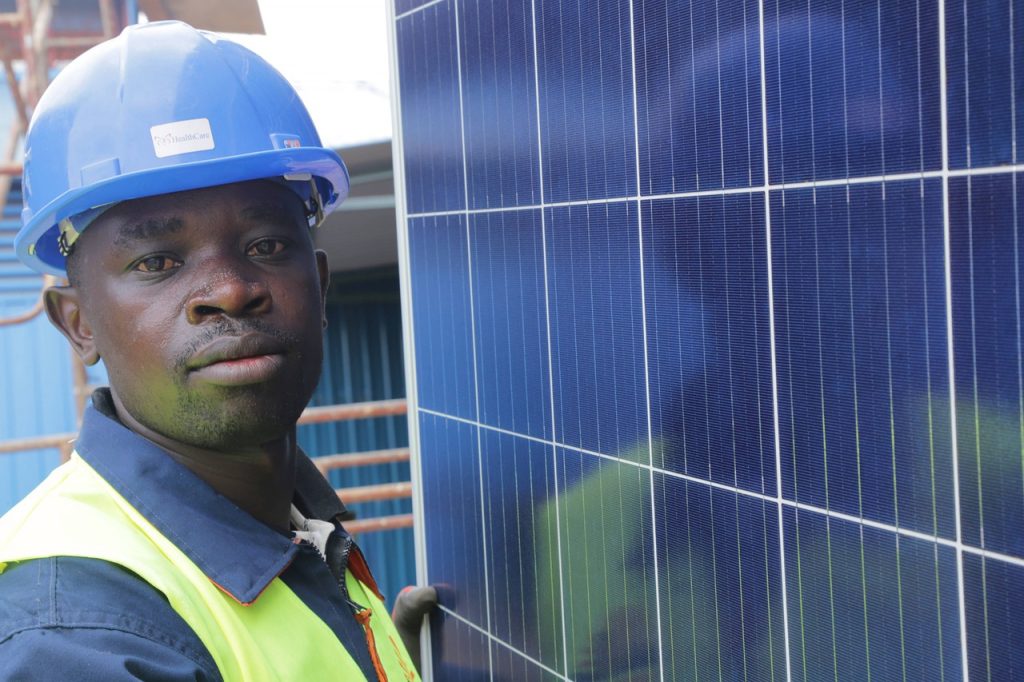Harish Rao
CHICAGO: On the 25th anniversary of the Chicago heat wave, which killed 739 people across Cook County, President Toni Preckwinkle released the County’s Clean Energy Plan.
This plan outlines the path the County will follow to fight climate change by achieving a 45-percent reduction in carbon emissions and using 100-percent renewable electricity by 2030 and making County-owned facilities carbon neutral by 2050.
“While climate change and its effects, including flooding, heat waves, worsening air quality and greater threat of new diseases, is a threat to us all, under-resourced communities and communities of color are disproportionately at risk due to existing social, economic and health inequities,” said President Tony Preckwinkle. “Where you live directly impacts exposure to flooding, local areas of hotter air, poor air and water quality, and ultimately your lifespan.”
The Plan outlines detailed action steps to:
REDUCE carbon emissions through energy efficiency at County-owned buildings;
MAINTAIN those reductions through monitoring, education and other best practices;
RENEW the County’s electricity supply through on-site solar energy generation, procurement of renewable energy and energy storage; and
SUPPORT the Clean Energy Plan action steps through policies such as new building standards for County facilities.
The plan prioritizes actions that recognize the urgency of fighting climate change as soon as possible by making the steepest reductions in greenhouse gas (GHG) emissions in the earlier years: 45 percent by 2030 from a baseline of 2010. It pushes for investments in renewable energy that will help create jobs and energy resiliency for local communities.
The Clean Energy Plan represents an investment into Cook County’s facilities. These investments, normally part of the standard equipment replacement cycle, will be enhanced to reduce the County’s operating expenses by choosing equipment and systems that reduce utility and maintenance bills.
The County has begun implementing elements of this Plan. It has already reduced its GHG emissions by about a third since President Preckwinkle took office in 2010, primarily through energy efficiency. Solar installations are being designed for the Skokie Courthouse, Cicero Records Center and Markham Courthouse, and lighting and a comprehensive building automation system upgrade are already underway.
Progress towards the Plan’s goals will be reported each year in the County’s Annual Sustainability Report.







